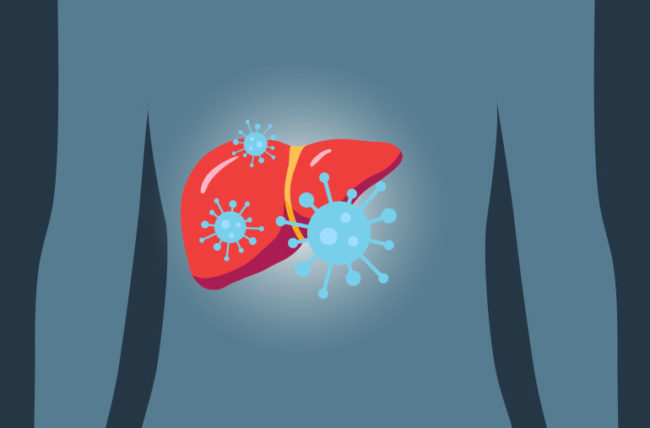An Overview of the Early Symptoms Of Ankylosing Spondylitis
Autoimmune conditions how many shapes and forms, with one of the most common being arthritis. Even though a lot of people are familiar with rheumatoid arthritis and osteoarthritis, there are numerous other types of arthritis as well. One example is Ankylosing Spondylitis, which does not get the attention of the other types of arthritis; however, it can be just as devastating. As a result, serious complications can develop. Even though Ankylosing Spondylitis is relatively rare, a significant number of people will still develop this condition, with between 1 and 2 percent of everyone in the United States living with this form of arthritis. Therefore, Ankylosing Spondylitis is more common than several other diseases that get more attention, including cystic fibrosis and multiple sclerosis.
Related Topics (Ads):
Similar to other medical conditions, the earlier Ankylosing Spondylitis is diagnosed, the faster treatment can begin. What should people know about this type of arthritis?
An Overview of Ankylosing Spondylitis
Ankylosing Spondylitis is a specific type of arthritis. This means that individuals who develop this condition will develop problems related to their joints. Furthermore, this condition can lead to inflammation and joint damage, which can worsen with time if it is not appropriately treated.
The Hallmark symptom of Ankylosing Spondylitis is back stiffness, particularly related to the Stein. This pain and discomfort usually start somewhere in the lower back. Then, it can gradually spread up the spine, reaching the neck. Furthermore, Ankylosing Spondylitis can restrict the range of motion of the spine, possibly causing the vertebrae to fuse together. This can limit movement and flexibility.
Right now, there is no cure for Ankylosing Spondylitis; however, there are treatment options available. With appropriate treatment, it is possible to manage the symptoms of Ankylosing Spondylitis, allowing everyone to enjoy a high quality of life. Of course, the first step in treating this condition is to diagnose it correctly. What do people need to watch for?
Related Topics (Ads):
Who Gets Ankylosing Spondylitis?
Certain types of arthritis can impact just about anyone; however, some people are at a greater risk of developing Ankylosing Spondylitis and others. Specifically, individuals who possess a gene called HLA – B27 are at a greater risk of developing Ankylosing Spondylitis. This is a gene that is directly tied to the immune system, and problems with the immune system can cause Ankylosing Spondylitis can develop. There are lots of people who have this gene who never develop Ankylosing Spondylitis; however, those who have this gene are at a greater risk.
What Are the Symptoms of Ankylosing Spondylitis?
Ankylosing Spondylitis tends to develop at an earlier age than rheumatoid arthritis and osteoarthritis. Therefore, everyone has to be on the lookout for a few common symptoms. These include:
• Many individuals begin by developing stiffness and their hips and lower back
• This stiffness is more common in the morning and tends to loosen as the day goes on
• Neck pain is another common symptom of Ankylosing Spondylitis and usually appears after back stiffness has already developed
• Many people with Ankylosing Spondylitis develop chronic fatigue and tiredness
• Many people also develop stiffness in the rib cage, tendons of the foot, heel, and shoulder joints
Anyone who has developed new symptoms should meet with their doctor as quickly as possible. There are several complications that can develop with Ankylosing Spondylitis. For example, some people develop eye problems, such as uveitis, which can cause their vision to blur. Other individuals could develop complications related to their heart, including an enlarged aorta or a damaged aortic valve.
Related Topics (Ads):
Anyone with the symptoms or complications above has to reach out to a doctor as soon as possible. The sooner the treatment process begins, the better the prognosis is going to be.
What Is the Treatment Process?
After someone has been diagnosed with Ankylosing Spondylitis, the next step is to begin the treatment process. There are numerous treatment options available; however, there is no cure. Therefore, the goal is to reduce symptoms and slow the progression of this condition.
In general, there are two broad categories of treatment. The first is regular exercise. Individuals who exercise regularly can improve flexibility, reduce hip and back pain, and keep their posture relatively stable. The longer individuals can preserve that range of motion, the longer they will be able to keep symptoms at bay.
There are also certain medications that can leave you information that commonly develops with Ankylosing Spondylitis. Many of these medications are immunosuppressant medications. Some of these conditions will Target specific inflammatory markers related to Ankylosing Spondylitis. Similar to other forms of arthritis, Ankylosing Spondylitis can vary markedly in its scope and severity. As a result, it is important for everyone to keep an eye on their symptoms, and stay in close contact with their doctor. That way, the treatment process can be adjusted if required.







